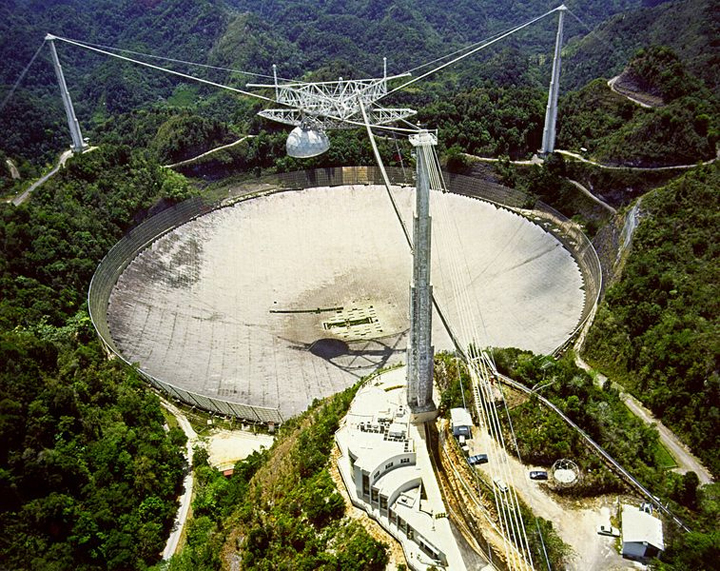Our universe is full of mysteries, and astronomers are constantly discovering spectacular things about it. Now, astronomers from McGill University in Montreal have made yet another discovery that is perplexing scientists: a repeating fast radio burst.

Astronomers have long believed that fast radio bursts (FRBs) are created by cataclysmic events — such as supernovas, the explosion of massive stars — lasting mere thousandths of a second. They’re fast and just a one-off.
READ MORE: Mysterious signal from space—Is it alien or an unknown phenomenon?
However, McGill University PhD student Paul Scholtz was surprised to discover an FRB that repeated itself, the first of its kind.
“I knew immediately that the discovery would be extremely important in the study of FRBs,” Scholtz said.
He made the discovery while poring over 2012 data collected from the Arecibo radio telescope — the world’s largest — in Puerto Rico. In total there were 10 repeated bursts all originating from another galaxy, though it’s unknown exactly which one.
“Not only did these bursts repeat, but their brightness and spectra also differ from those of other FRBs,” said Laura Spitler, first author of the paper published in the scientific journal Nature and a post-doctoral researcher at the Max Planck Institute for Radio Astronomy in Bonn, Germany.
The astronomers believe that the FRB is the result of a neutron star, an extremely small and dense type of star.
“Once we have precisely localized the repeater’s position on the sky, we will be able to compare observations from optical and X-ray telescopes and see if there is a galaxy there,” said Jason Hessels, associate professor at the University of Amsterdam and the Netherlands Institute for Radio Astronomy and corresponding author of the Nature paper. “Finding the host galaxy of this source is critical to understanding its properties”, he adds.
As to what could have caused the repeating bursts, the astronomers believe that it could come from a rotating neutron star with “unprecedented power” that allows it to send out the extremely bright pulses. It could also be that they have discovered a previously unknown class of FRBs.
The team hopes that Canada’s new telescope, CHIME (the Canadian Hydrogen Intensity Mapping Experiment), will help solve the FRB puzzle.


Comments